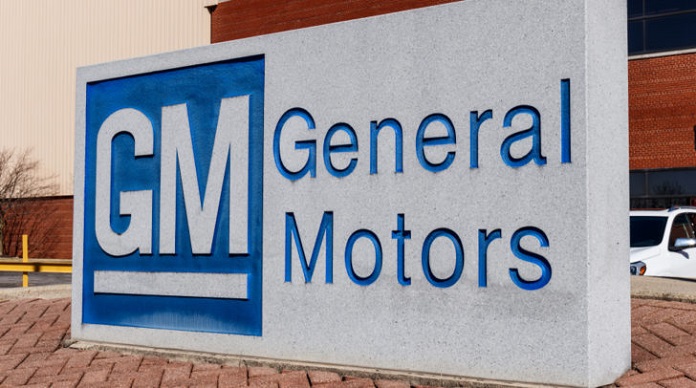General Motors (NYSE:GM) is dedicated to its objectives to capture the market with new models in various automotive categories, including the electric vehicle (EV) industry.
Despite the downturn, GM plans to keep pouring money into electric vehicles (EVs), constructing new factories, and developing new products.
However, the imminent recession in the US and other key markets is now the most critical aspect for GM stock, as it will normalize the market supply deficit, excessively high pricing, and the dollar-denominated margin per 1 vehicle.
The current state of the auto industry
There is still a significant gap between supply and demand due to the semiconductor shortage in the automotive sector. FRED estimates that annual automobile sales in the United States were close to 14 million.
Around 17 million vehicles annually were in demand in the United States between 2014 and 2020. About 15 million automobiles were sold that year. This figure has been progressively rising since May 2022. It is now at roughly 13.8 million units (SAAR, the seasonally adjusted annual rate), which is up significantly from December 2021’s 13.2 million units but is still much below the local peak of 15.5 million units in January 2022. We estimate that the current yearly unmet demand for automobiles in the United States is between two and two and a half million vehicles.
The same thing is happening in the used automobile market in the United States, but with a more noticeable price increase slowdown.
The scenario in the new-car market differs from that in the used-car industry. New used-car dealers are springing up as manufacturers struggle with a chip shortage and production recovery. Individuals in the United States are beginning to sell their vehicles as real earnings fall and expenses like gasoline, electricity, and mortgage interest rates increase.
New-vehicle manufacturers like GM, however, are making headway in areas like supply chain management and chip availability. Although the rate of price increases has slowed, automakers are still doing so since there is a persistent shortage of new vehicles on the market. As a result, we expect the dollar-denominated margin per 1 new vehicle to gradually decrease until the industry-wide semiconductor shortfall is overcome.
GM’s financial performance
The US vehicle market has become more in demand, as seen by a drop from 3Q 2022’s 0.666x to 4Q 2022’s 0.556x in the inventory-to-sales ratio. Car prices rose to an unexpectedly high level since the rebound in manufacturing lagged behind. The most recent information has led us to increase our projection for the average selling price of a vehicle in 2023-2024 from $39,500 to $41,500.
The outcome is an increase in our projections for General Motors’ revenue from $186.9 billion (+19.2% y/y) to $195.2 billion (+24.6% y/y) in 2023 and from $201.8 billion (+7.9% y/y) to $211.6 billion (+8.4% y/y) in 2024.
GM’s gross expenses to revenue ratio have been revised from 83% to 81% for the projected period due to changes in vehicle pricing and reduced expectations for the cost of materials.
Therefore, we are increasing our EBITDA projections for 2023 and 2024 from $23.47 billion and $23.5 billion, respectively.
Valuation
The GM stock is fairly valued at $58 per share. Due to the updated assumptions, we are upgrading our previous NEUTRAL recommendation for the GM stock to BUY. In a positive sense, you may expect a +42% return. Using an EV/EBITDA multiple, we forecast the company’s performance in 2023.
Conclusion
Since steel costs have decreased in tandem with rising automobile prices, manufacturers have been able to improve their profit margins. Since the difference between supply and demand is still so large, we anticipate these tendencies to persist.
The possibility of a US economic downturn and a subsequent slowdown in consumer spending due to higher interest rates pose serious threats to General Motors.
High market volatility means that it’s best to build a stake gradually.









